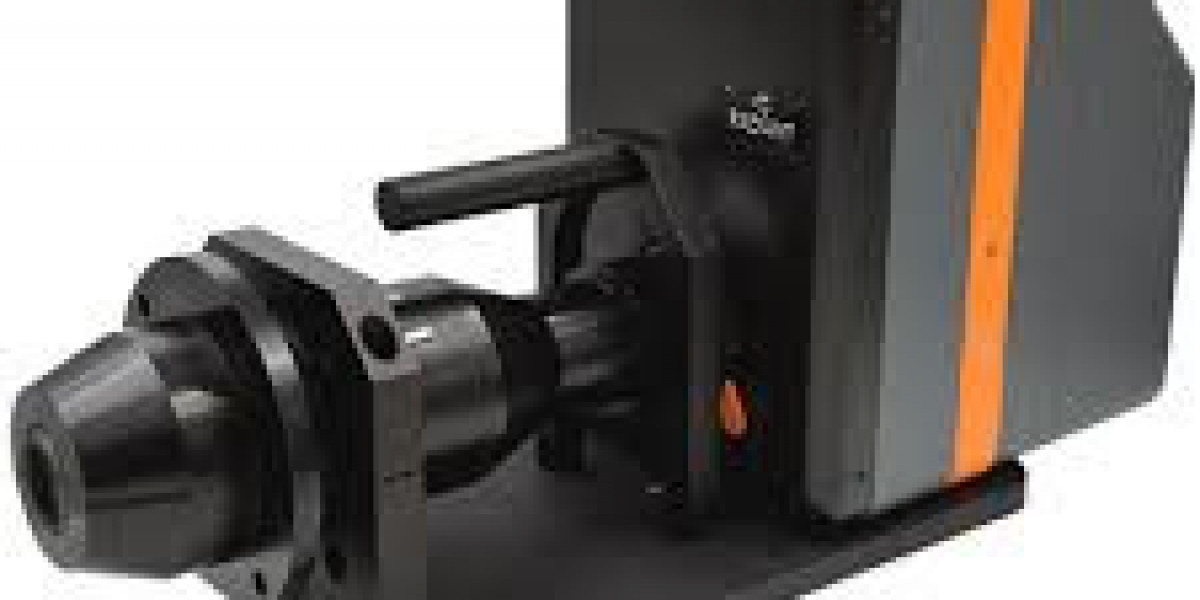In advanced optical measurement systems, even a small defect in a conoscope lens can cause major accuracy issues. These lenses are designed to capture angular light distributions, especially in display testing and 3D imaging systems. However, poor-quality conoscope lenses can distort light paths, resulting in inaccurate data, poor contrast, and reduced measurement reliability.
Professionals in display metrology and AR/VR optics now rely on high-precision conoscope lens assemblies to ensure stable, repeatable, and distortion-free results. This article explores how defective lenses impact optical accuracy, the types of conoscope lenses used, and why manufacturing precision is crucial in achieving reliable optical performance.
Understanding the Conoscope Lens
A conoscope lens is a specialized optical component used to measure angular light emission and polarization properties from displays or light sources. It captures light rays from multiple directions, enabling engineers to analyze brightness and color uniformity at various viewing angles.
The lens works by converting angular light information into positional data on an image sensor. This makes it a vital element in applications like:
LCD and OLED display analysis
AR/VR optical module calibration
LED beam uniformity testing
Optical metrology and research
In essence, the conoscope lens helps translate complex angular light behaviors into measurable, visual data for engineers and researchers.
Problems Caused by Low-Quality Conoscope Lenses
Defective or low-grade conoscope lenses can introduce multiple optical problems, compromising system accuracy and reliability. Common issues include:
Image Distortion: Poor surface shape or polishing errors cause incorrect angular mapping.
Light Scattering: Impurities in glass lead to reduced brightness and clarity.
Chromatic Aberration: Uncoated or mismatched glass disperses light unevenly across colors.
Alignment Errors: Inaccurate lens positioning leads to off-axis light collection.
These issues can result in unreliable display test data, poor calibration results, and inaccurate angular measurements — all of which can affect the production quality of displays, AR/VR devices, and light-emitting instruments.
Material Selection and Optical Design
High-performance conoscope lenses are made using specialized optical materials that offer superior transmission and minimal distortion. Material choice plays a crucial role in determining measurement accuracy and environmental stability.
| Material | Key Properties | Typical Application |
|---|---|---|
| BK7 Glass | High clarity, affordable, easy to coat | General display measurement |
| Fused Silica | UV–IR transparency, low expansion | High-precision metrology |
| Quartz Glass | Excellent optical uniformity | Polarization measurement systems |
The optical design of a conoscope lens involves multiple elements aligned to minimize distortion and optimize field uniformity. These lenses are carefully matched to specific imaging sensors and optical paths to ensure accurate angular mapping.
The Role of Coating Technology
Coating is another major factor that determines the performance of a conoscope lens. Without precise coatings, even the best optical materials can lose efficiency.
Common coatings used include:
Anti-Reflective (AR) Coating: Reduces surface reflection and increases transmission.
Hard Protective Coating: Improves resistance against scratches and moisture.
Polarization Control Coating: Enhances angular light uniformity and prevents glare.
Coating defects or thickness inconsistencies can cause major deviations in optical response. That’s why manufacturers rely on advanced vacuum deposition systems and real-time optical monitoring to maintain coating accuracy within nanometers.
Applications of Conoscope Lenses in Modern Optics
Conoscope lenses play a vital role in optical inspection and measurement systems where light directionality matters. They are commonly used in:
Display testing (LCD, OLED, MicroLED): For viewing-angle and color uniformity analysis.
AR/VR headset calibration: To measure light-field distribution and angular performance.
Lighting component testing: Ensures consistent light output and color rendering.
Optical design verification: Used in labs to validate angular emission patterns.
Their ability to visualize angular light behavior makes them indispensable for ensuring optical devices perform as designed in real-world conditions.
Precision Manufacturing and Calibration Standards
High-precision conoscope lenses undergo strict manufacturing processes to ensure perfect alignment and surface accuracy. Key stages include:
CNC-based grinding and polishing for accurate curvature.
Interferometric inspection for surface accuracy.
Coating uniformity testing for transmission balance.
Optical axis calibration to prevent image tilt.
Trusted suppliers such as ARVR Optical follow international optical standards, ensuring every lens delivers consistent performance across temperature and wavelength variations.
Conclusion
In the world of optical testing, accuracy starts with the conoscope lens. When low-quality materials, coatings, or alignment flaws exist, the entire system’s measurement precision suffers. For industries relying on display analysis, laser systems, or AR/VR calibration, even small lens errors can lead to costly inconsistencies and rework.
That’s why professionals choose advanced conoscope lens assemblies made with premium optical glass, precision coatings, and tight angular tolerances. With reliable manufacturing and testing standards, these lenses ensure true-to-source data capture and long-term optical stability in demanding environments.














